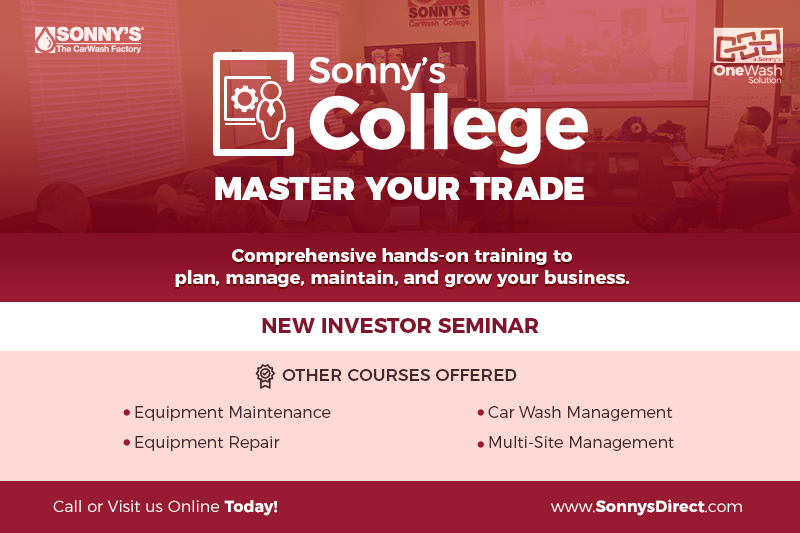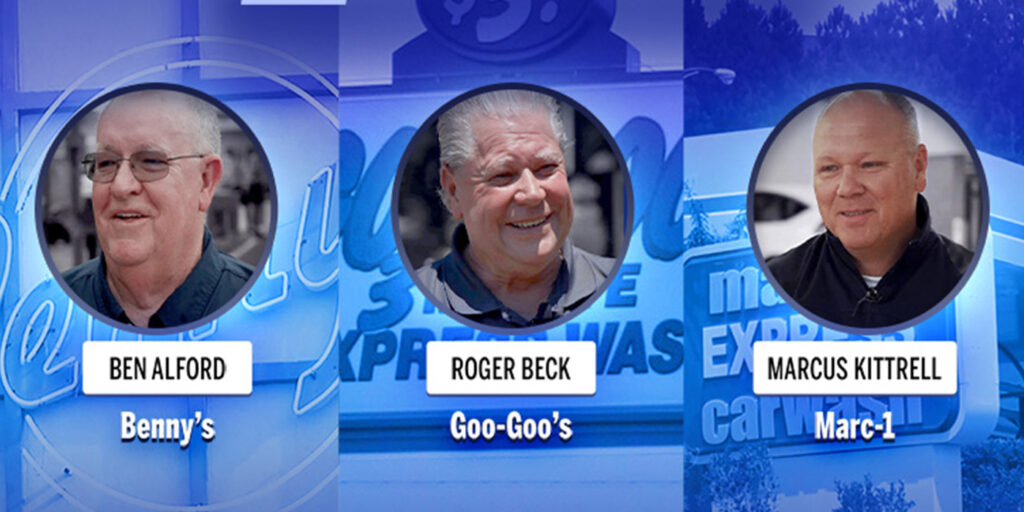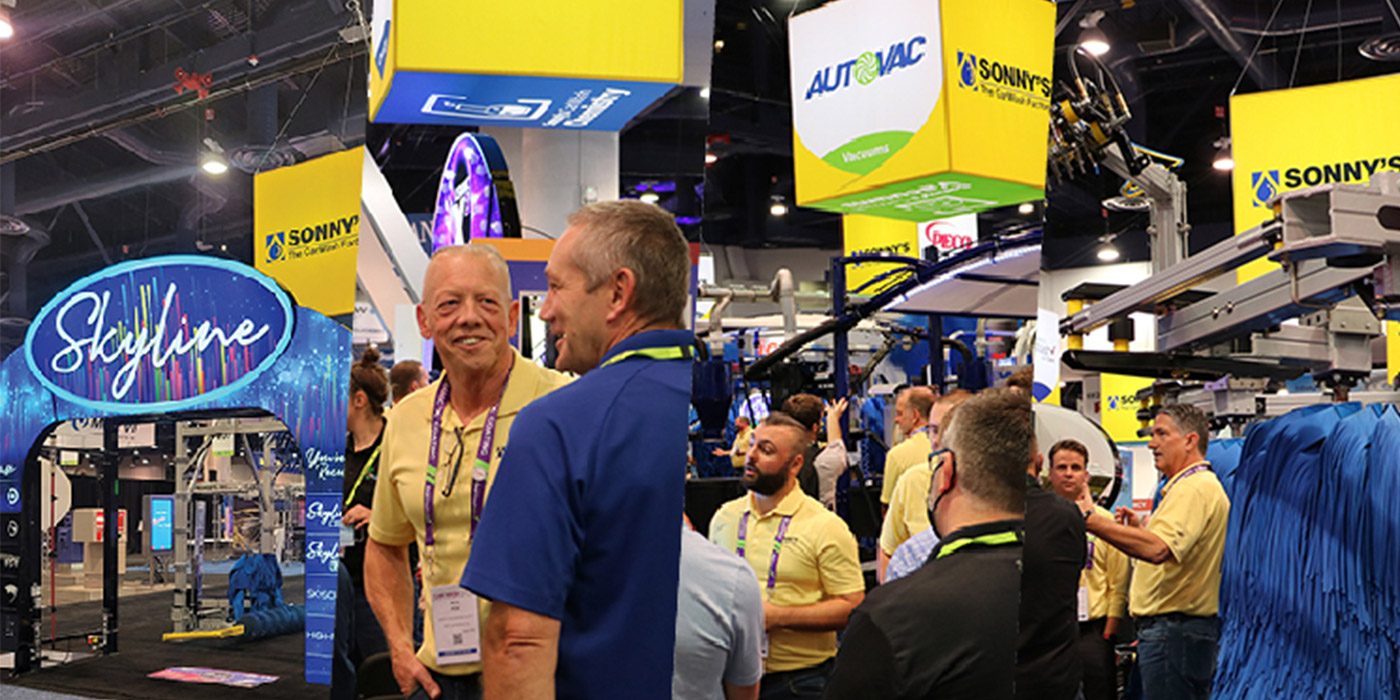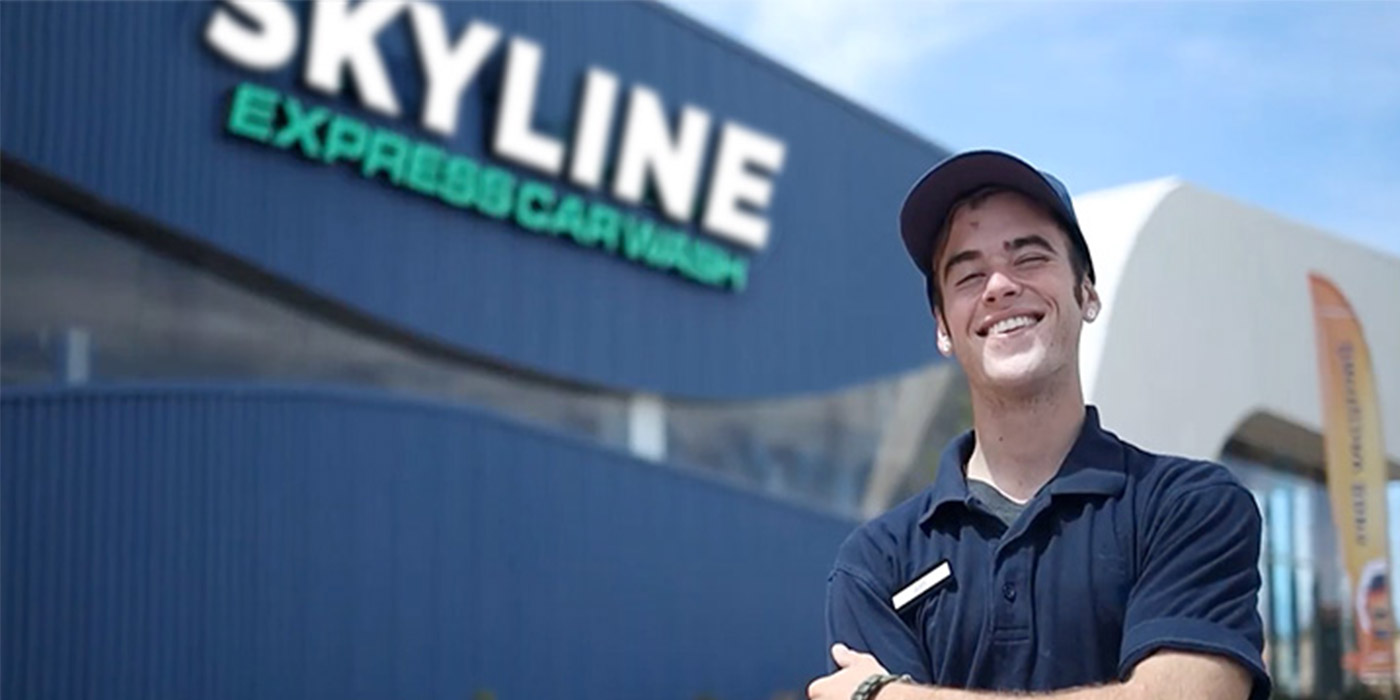At CarWash College™ we teach preventive maintenance. This month we are going to talk about maintaing a high pressure wheel cleaner. This piece of equipment, in combination with the chemical being applied to the wheel, is what is responsible for giving the customer a clean wheel. Nowadays customers seem to focus a lot on their wheels after the wash process. By keeping this equipment working right, there can be a savings on labor at the exit end finishing area by not having to clean the wheel by hand or a savings in time and chemical costs by not having to re-wash the vehicle.
Effective high pressure wheel cleaning involves many factors:
First, the pressure is adjusted normally at the high pressure bypass valve to 800 psi on most wheel blasters.
Next, the nozzles need to be kept clean and free of clogs. In order to maintain nozzles in good working order so that they deliver the water under the proper pressure to the vehicle, they need to be checked daily. Check the spray from the nozzles, looking for any clogs or weak spray patterns. If a clogged nozzle is found, it needs to be cleaned as soon as possible. Remove the nozzle and use a tip cleaner to remove any contaminants found in the nozzle. Be sure to use a tip cleaner that is smaller than the orifice on the nozzle so as not to enlarge the opening.
After the nozzle is clean remove all the remaing nozzles from the manifold and turn on the pump. Let the water run for about a minute to flush out any contaminants that might be inside the line. After shutting off the pump re-install the nozzles and look at the spray pattern, making sure that all nozzles are free-flowing. If the nozzle clogs again, it might be an indication of a more serious problem upstream, usually on the pump station itself. If that happens, check the inline filter on the pump station, if the unit is equipped with one. If the unit is not equipped with an inline filter and there are frequent clogs in the nozzle, an inline filter should be added. If the filter seems okay, or if there is none in place, check the water tank for any debris that might be present.
It is recommended that the water tank be cleaned out on a monthly basis to ensure no debris in the tank. To clean the tank drain out the water and use a wet/dry vacuum to remove any sediment that is found in the tank. One thing that might lead to debris in the tank is if it is left open with no cover; so make sure the tank has a cover on top at all times.
Let’s assume the unit is not operating properly at a full-service car wash. The car wash in question is washing 90,000 cars a year, and only one percent of these cars experience poor wheel cleaning. That’s 900 cars a year. Let’s assume it takes two minutes to clean the wheels on a vehicle. That would equal 30 hours a year spent on that task alone. The average pay of a line worker is $7.25 an hour times the 30 hours spent equals $217.50 in a year in wasted labor. These numbers are just an example of how you can save money by performing simple checks on the wheel blaster.
Robert Andre is the Director of Classroom Training for CarWash College™. Robert can be reached at [email protected]. For more information about CarWash College™ certification programs, visit CarWash College or call the registrar’s office at 1-866-492-7422.
This content is sponsored by CarWash College. Sponsored content is authorized by the client and does not necessarily reflect the views of the Professional Carwashing & Detailing editorial team.














